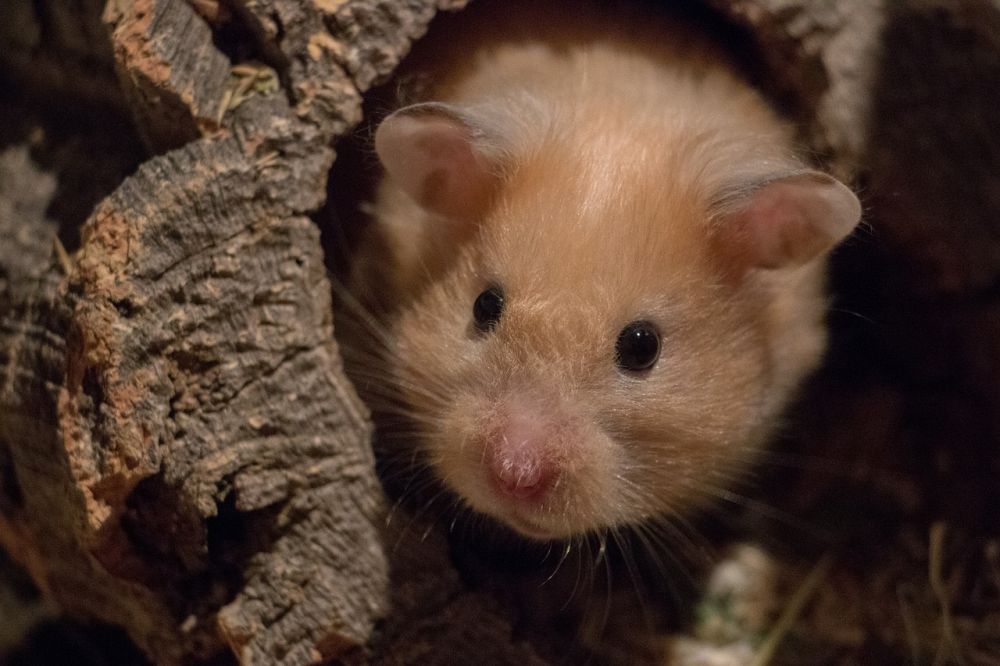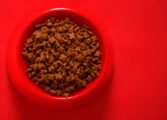Hamster Fat: A Comprehensive Guide

Introduction:
Hamsters are adorable little creatures that bring joy and companionship to many pet owners. One important aspect of hamster care is their nutrition, and a key component of their diet is hamster fat. In this article, we will provide a thorough overview of hamster fat, including what it is, the different types available, popular choices, quantitative measurements, differences between various hamster fats, and a historical analysis of their advantages and disadvantages.
Overview of Hamster Fat:

Hamster fat is a vital part of a hamster’s diet, providing essential nutrients and energy for their daily activities. It is a concentrated source of calories and is required in controlled amounts to maintain a healthy weight for these small animals. Hamster fat is often derived from seeds, nuts, or specifically formulated hamster food, which contains a balanced combination of fats suitable for the species.
Types of Hamster Fat:
There are various types of hamster fats available in the market, each with its unique composition and benefits. The most common types include:
1. Seed-based fats: These fats are extracted from seeds such as sunflower, pumpkin, and flaxseeds, which are rich in omega-3 and omega-6 fatty acids. These fats provide excellent cardiovascular health benefits and contribute to a shiny, healthy coat for hamsters.
2. Nut-based fats: Fats derived from nuts like peanuts, almonds, and hazelnuts are another popular choice for hamster owners. Nut-based fats not only provide energy but also contain essential vitamins and minerals, promoting overall well-being.
3. Commercial hamster food: Many pet stores offer specially formulated hamster food that contains a balanced blend of fats. These foods ensure that hamsters receive a controlled amount of fat and other nutrients required for their growth and development.
Quantitative Measures of Hamster Fat:
Measuring the amount of hamster fat is vital in maintaining a hamster’s health and preventing obesity-related issues. While the exact quantity varies depending on factors like the hamster’s age, breed, and activity level, a general guideline suggests that hamsters should consume around 5-7% of their total daily diet in fats. Care should be taken not to exceed this limit as excessive fat intake may lead to weight gain and health problems.
Differences Between Hamster Fats:
Although all hamster fats provide essential nutritional benefits, they differ in their nutrient composition and specific advantages. Seed-based fats, for example, offer a rich source of fatty acids that promote cardiovascular health, while nut-based fats provide a diverse range of vitamins and minerals. Commercial hamster food, on the other hand, is formulated to provide a balanced mix of fats and other necessary nutrients tailored for hamster consumption.
Historical Analysis of Hamster Fat:
Over the years, the understanding of hamster fat and its impact on hamster health has evolved. Initially, hamster owners would offer traditional table scraps, high in saturated fats, leading to obesity-related health issues. However, the awareness of proper hamster nutrition has significantly improved, leading to the development of specialized hamster food and a better understanding of balanced fat consumption.
Conclusion:
Hamster fat plays a crucial role in a hamster’s diet, providing essential nutrients and energy. From seed-based fats to nut-based options and commercially available hamster food, the choices are diverse. By carefully measuring and controlling the intake of hamster fat, pet owners can ensure their furry companions lead a healthy and balanced life. Remember, a well-informed and mindful approach towards hamster nutrition is key to their overall well-being.
Reference:
– Hamster Care Guide: Nutrition, retrieved from [insert source]
















































